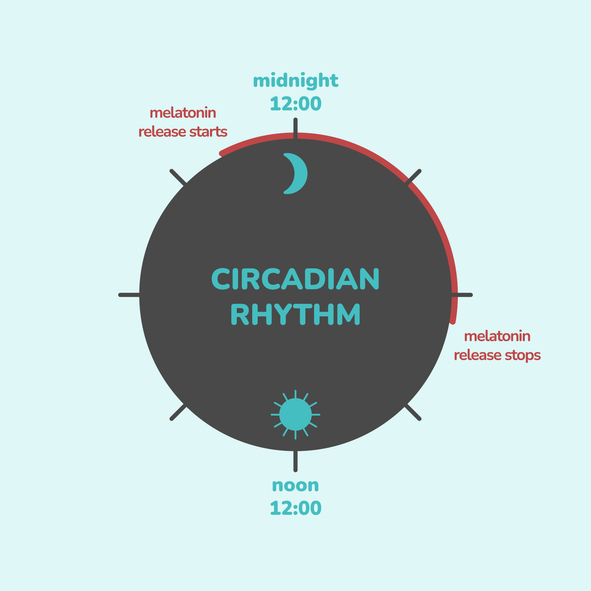We all know that sleep is essential to our health, but did you know that the light in our environments might play an even bigger role? A recent study in the Proceedings of the National Academies of Science has found that the amount and timing of light exposure can influence our longevity and health, particularly by affecting our circadian rhythms, or natural body clocks.
In this study, nearly 89,000 individuals wore light sensors that tracked their exposure to light and darkness over a week. Researchers discovered that those who were exposed to bright light during the day had a lower risk of premature death, while those exposed to more light at night had a higher risk of early mortality. These findings held true even when factors like age, lifestyle, and health conditions were taken into account.
Why Daylight Matters
Daylight does much more than simply illuminate our world; it reinforces our internal clocks. When we get enough bright light during the day, it stabilizes our circadian rhythm, which keeps our bodies in sync with the natural cycle of day and night. Daylight has been shown to reduce the risk of cardiovascular diseases, lower blood pressure, and improve mood. In this study, participants who were exposed to more daylight had a 10% to 34% lower risk of early mortality compared to those with less exposure.
The Dangers of Night Light
On the flip side, exposure to light at night can throw our circadian rhythm out of balance. Light at night tricks our brains into thinking it’s still daytime, which disrupts our sleep patterns and can lead to various health issues, including metabolic diseases and heart conditions. The study found that those with the brightest night environments faced up to a 34% higher risk of premature mortality. This is because night light weakens our circadian rhythms, potentially leading to health problems over time.
How You Can Optimize Your Light Exposure
Thankfully, the good news is that adjusting your light exposure is a simple, cost-effective way to boost your health and well-being. Here are some easy steps to follow:
- Maximize Daylight Exposure: Try to spend more time outdoors, especially in the morning when sunlight is at its best for setting your circadian rhythm. If you work indoors, consider a workspace near a window or take short breaks outside.
- Limit Artificial Light at Night: Dim your lights in the evening and avoid screens (phones, TVs, tablets) at least an hour before bed. Blue light, in particular, can be disruptive, so consider using night settings on devices or blue light filters.
- Create a Sleep-Friendly Environment: Make your bedroom as dark as possible. Blackout curtains, eye masks, and removing electronics from your room can all help.
Small Changes, Big Impact
Adjusting light exposure may sound simple, but the impact on our health is significant. As we age, keeping our circadian rhythms stable can help protect against chronic illnesses and enhance our quality of life. By getting our ‘life’ rhythms in line with our circadian rhythms, we can create a healthier overall lifestyle rhythm that supports a longer, healthier life.






Add Your Voice
0 Comments
Join the Discussion